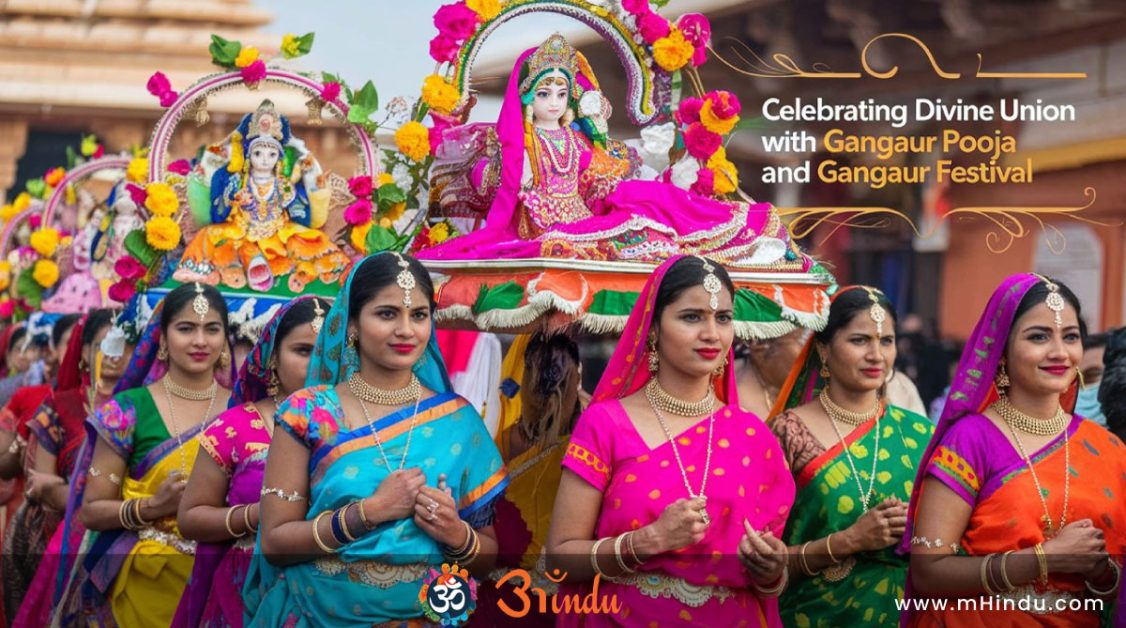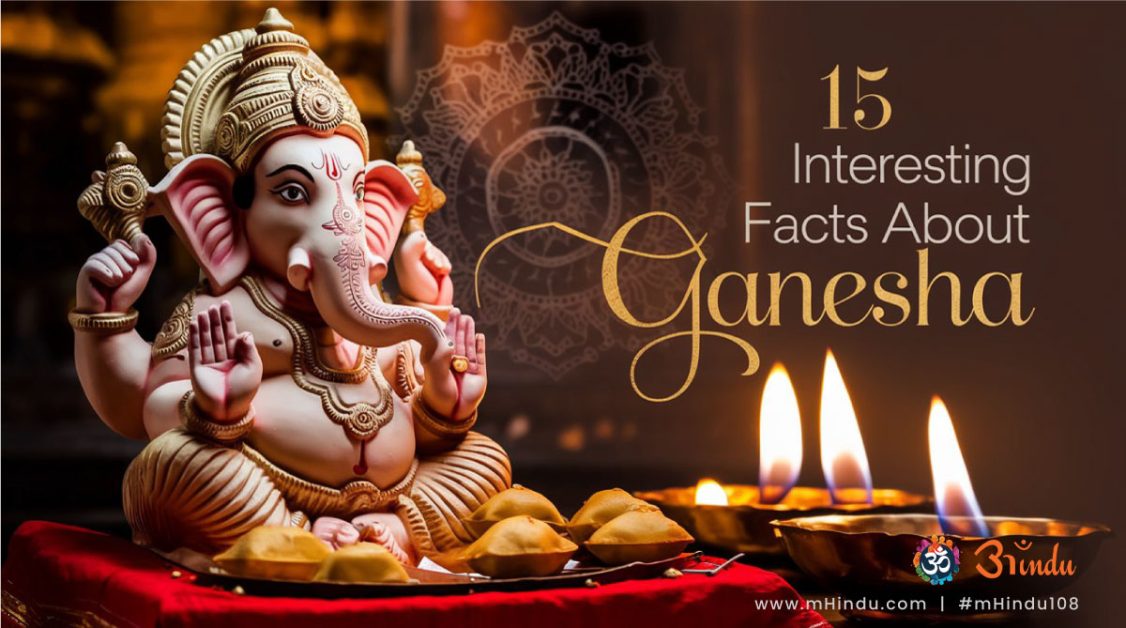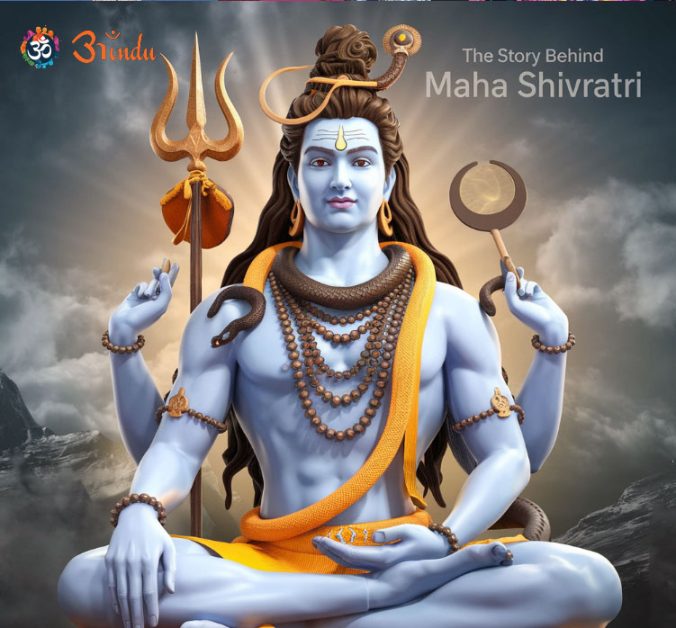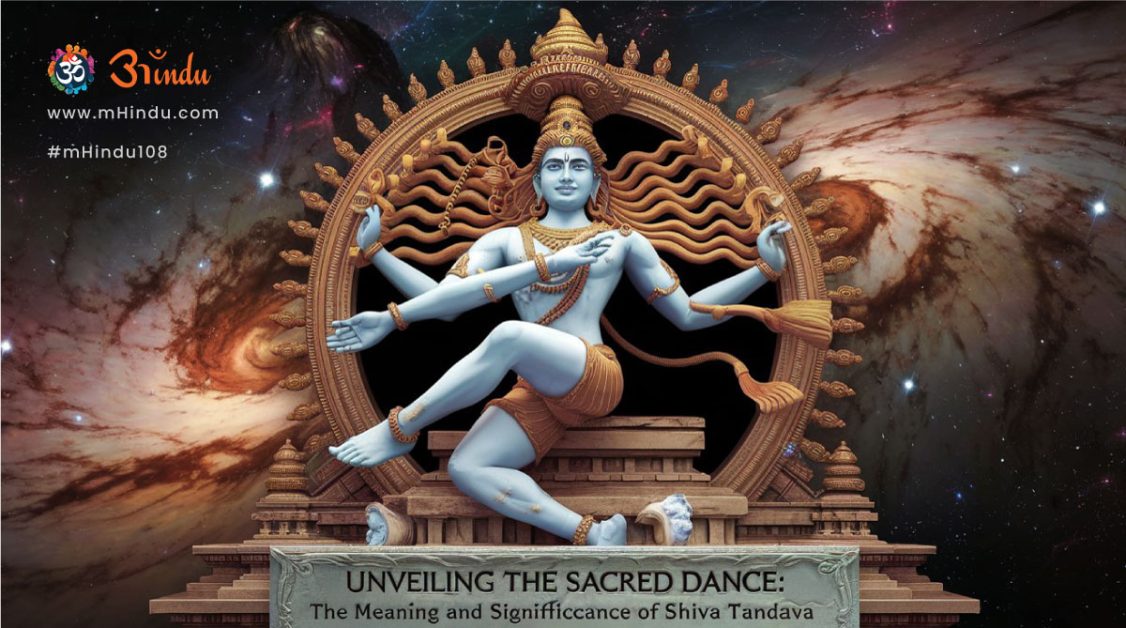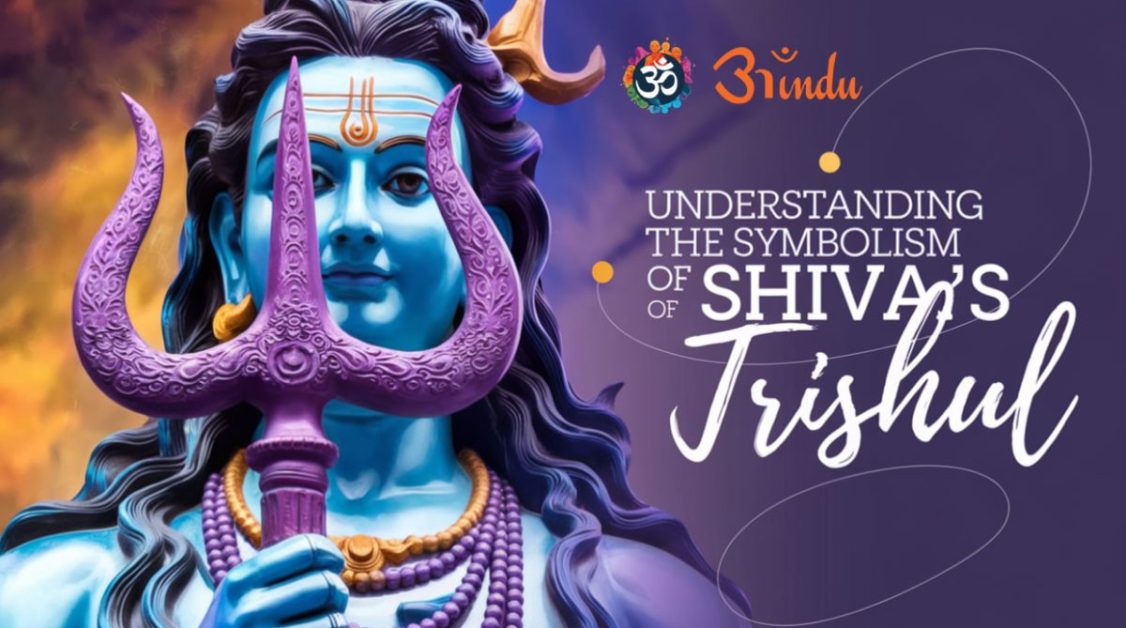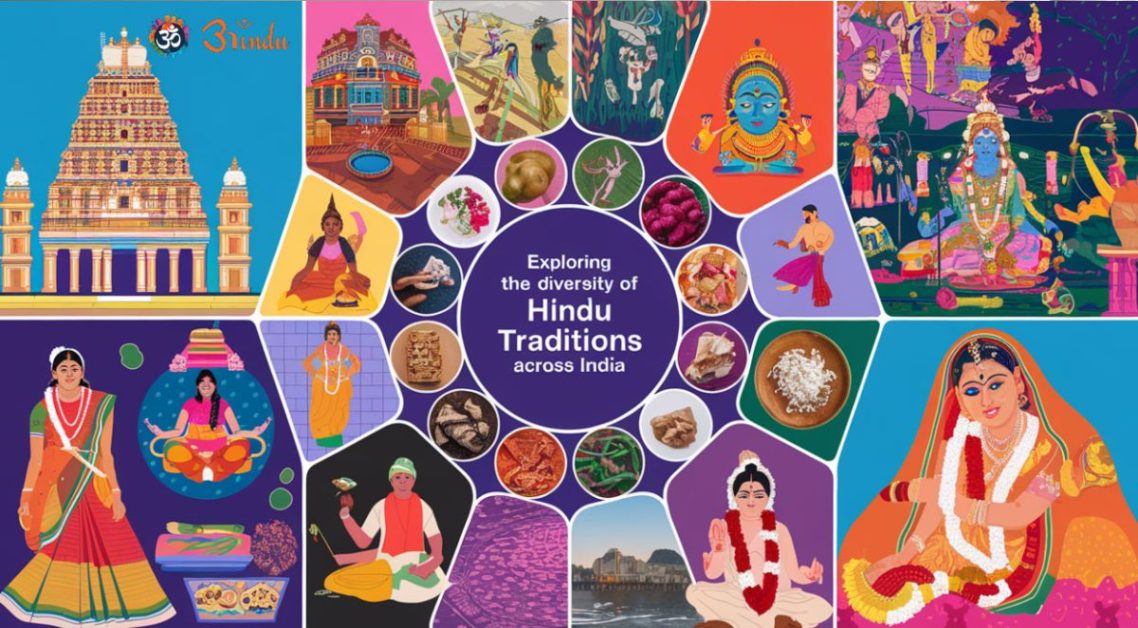
Imagine a tapestry woven with threads of vibrant colors, intricate patterns, and ancient symbols. This is India, a land where Hinduism, one of the world’s oldest religions, flourishes in a dazzling array of forms. While sharing a common thread of core beliefs, Hindu traditions across India exhibit remarkable diversity, reflecting the country’s rich history, regional influences, and cultural nuances. This exploration delves into the fascinating world of Hindu traditions, highlighting the myriad ways in which faith is expressed across the subcontinent.
Explore Blog Content
ToggleA Tapestry of Beliefs: The Foundations of Hinduism
Before diving into the regional variations, it’s essential to understand the fundamental principles that underpin Hinduism. These include belief in a Supreme Being (Brahman), the cyclical nature of time (samsara), the law of karma (action and consequence), and the pursuit of liberation (moksha). These core tenets provide a unifying framework, even amidst the diverse expressions of faith. The Vedas, ancient scriptures, serve as a foundational source of wisdom, guiding Hindu philosophy and practice.
"The diversity of our land is something we must cherish."Jawaharlal Nehru
Regional Variations: A Kaleidoscope of Traditions
India’s vast geography and diverse history have given rise to a rich tapestry of Hindu traditions. Each region has its unique customs, rituals, deities, and philosophical interpretations.
North India: This region is known for its vibrant festivals, including Diwali, Holi, and Dussehra. Devotion to deities like Rama, Krishna, and Durga is prevalent. The influence of Vedic traditions and various philosophical schools is evident. The Ramayana and Mahabharata, two great epics, hold immense cultural significance.
South India: South India boasts a rich Dravidian heritage that has significantly shaped its Hindu traditions. Grand temples dedicated to deities like Shiva, Vishnu, and Murugan dot the landscape. Classical arts like Bharatanatyam and Carnatic music are integral to religious expression. The concept of bhakti (devotion) plays a crucial role in religious practice.
East India: This region, particularly West Bengal, is known for its vibrant Shakta traditions, which focus on the worship of the divine feminine energy (Shakti). Durga Puja is the most important festival, celebrated with great pomp and show. Tantric practices also have a significant presence.
West India: West India, including Maharashtra and Gujarat, has a diverse mix of Hindu traditions. Devotion to deities like Ganesha and Vitthal is prominent. Folk traditions and local deities are widely revered. The influence of Jainism and other religious traditions is also visible.
The Pantheon of Deities: A Multifaceted Divinity
The Hindu pantheon is populated by a multitude of deities, each representing different aspects of the divine. While some deities are universally worshipped, others are more regional or associated with specific communities. This polytheistic (or, more accurately, henotheistic, with one supreme God and many forms) approach allows devotees to connect with the divine in ways that resonate with them.
"Hinduism is not just a religion, it is a way of life." This statement emphasizes the all-encompassing nature of Hinduism in Indian culture.
Rituals and Practices: Expressions of Faith
Hindu rituals and practices vary widely across regions and communities. These may include daily prayers (puja), temple visits, chanting of mantras, fasting, pilgrimages, and participation in festivals. These practices serve as a means of connecting with the divine, seeking blessings, and reaffirming faith. The concept of puja, offering reverence to deities, is a common thread.
The Role of Temples: Centers of Community and Worship
Temples play a central role in Hindu life. They serve not only as places of worship but also as centers of community gathering, cultural activities, and social interaction. The architectural styles of temples vary significantly across regions, reflecting the diverse artistic traditions of India. Visiting pilgrimage sites is considered an important aspect of religious practice.
Philosophical Schools: Diverse Perspectives
Hindu philosophy encompasses a wide range of schools of thought, each offering unique perspectives on the nature of reality, the self, and the path to liberation. These include Advaita Vedanta, which emphasizes the oneness of the self and Brahman, and Vishishtadvaita Vedanta, which posits a qualified non-dualism. The study of Vedanta is central to Hindu philosophical inquiry.
The Impact of Modernity: Adapting to Change
Hinduism, like any living religion, has been influenced by modernity. While some traditions remain deeply rooted in ancient practices, others have adapted to the changing times. The rise of globalization and technology has also impacted the way Hindus practice their faith.
Summary
India’s Hindu traditions are a vibrant tapestry woven with diverse regional influences, deities, rituals, and philosophical interpretations. While sharing core beliefs, each region has its unique expression of faith, reflecting the country’s rich cultural heritage. From the grand temples of the South to the vibrant festivals of the North, Hinduism in India is a testament to the enduring power of faith and the beauty of diversity. This exploration offers a glimpse into this fascinating world, emphasizing the importance of understanding and appreciating the kaleidoscope of Hindu traditions that enrich India’s cultural landscape.
FAQs
- What are the main differences between North and South Indian Hindu traditions?
North Indian traditions often feature a greater emphasis on deities like Rama and Krishna, while South India emphasizes Shiva, Vishnu, and Murugan. Temple architecture, languages, and some rituals also differ. - How many gods are there in Hinduism?
While Hinduism recognizes a multitude of deities, it is more accurately described as henotheistic, with one supreme God (Brahman) manifested in various forms. - What is the significance of the Vedas in Hinduism?
The Vedas are ancient scriptures considered the foundation of Hinduism. They contain hymns, prayers, and philosophical insights that guide Hindu beliefs and practices. - What are some important Hindu festivals?
Diwali, Holi, Dussehra, Navratri, and Maha Shivaratri are some of the major Hindu festivals celebrated across India. - What is the concept of karma in Hinduism?
Karma refers to the law of action and consequence. It states that every action has a reaction, shaping our future. - What is moksha in Hinduism?
Moksha is the ultimate goal in Hinduism, representing liberation from the cycle of birth and death (samsara). - What is the role of temples in Hindu society?
Temples are places of worship, community gathering, and cultural activities. They are central to Hindu religious and social life. - How has modernity affected Hindu traditions?
Modernity has led to some adaptations in Hindu practices, with technology and globalization playing a role. However, many traditions remain deeply rooted in ancient customs.



